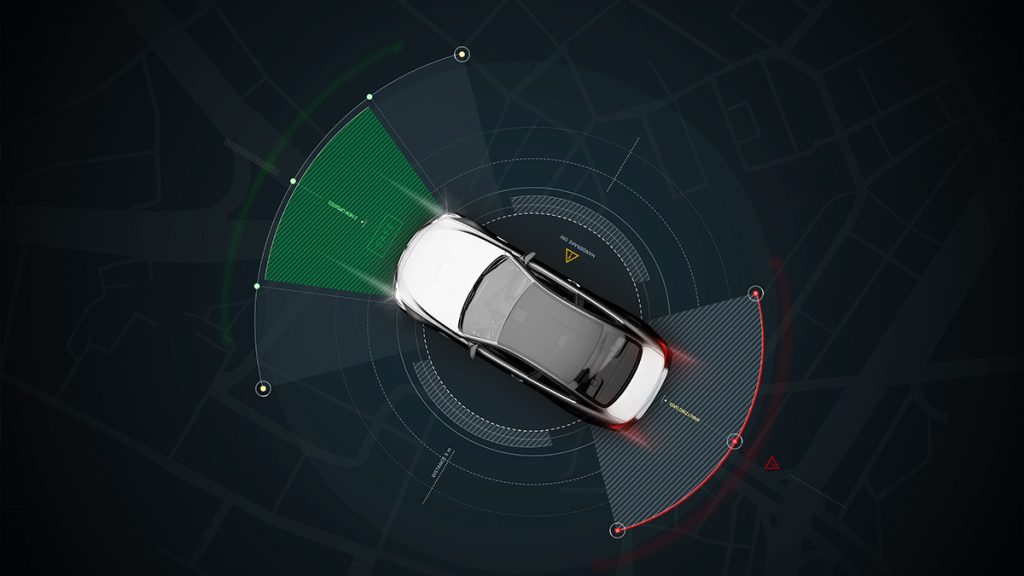
The world is ready for autonomous vehicles. And Edge computing is key in making autonomous cars reach their full potential. These vehicles require maximum connectivity and the cloud to relay data and map info.
How Does It Work?
These cars use cameras, radar, sonar, lidar, GPS, and infrared sensors to sense their surroundings, navigate obstacles, follow traffic regulations, and arrive at a predetermined location. When parking, ultrasonic sensors on the wheels pick up obstacles and other cars.
Then, sophisticated software analyzes all of this sensory data, draws a route, and issues commands to the actuators in the vehicle that manage acceleration, braking, and steering. The software aids in adhering to traffic regulations and avoiding obstructions through the use of hard-coded rules, obstacle avoidance algorithms, predictive modeling, and object identification.
Why You Should Root for Autonomous Cars
Automated cars can aid in lowering the number of collisions on our roads. According to government statistics, drivers’ actions or mistakes cause 94 % of crashes; self-driving cars can help lower driver error. Moreover, more personal independence is provided by total automation.
Highly automated cars can enable people with disabilities, such as the blind, to live the lives they want.
Furthermore, autonomous vehicles may help to solve several traffic gridlock issues. Roadway delays are reduced when there are fewer accidents or collisions. Additionally, with fewer traffic jams and less fuel, these cars are mostly electric, allowing for less environmental damage. All these benefits are possible with the help of edge computing and connectivity.
The Importance of Edge Computing for Self-Driving Cars
Every second, autonomous cars could produce 1 GB of data. Due to bandwidth and latency restrictions, collecting and transmitting even a tiny portion of that data (for example, 5 minutes) to a cloud-based server for analysis is impractical and quite challenging. The processing of data by autonomous driving systems should sometimes depend on something other than network connectivity and cloud services. Real-time data processing is necessary for self-driving cars to make snap judgments about their environment. For decision-making to be done offline (without network access) and to be more accurate, in-vehicle edge computing is crucial.
However…
In pure functionality terms, autonomous vehicles appear to the pinnacle of 137 years of development since the horseless carriage took to the road. However, for this next generation of transportation to be everything
it’s claimed to be, there’s a fly in the ointment which needs to be removed: non-autonomous vehicles. Reactions, distractions, anticipation, bravado, aggression, tiredness – all the human behaviours
which characterize how we drive, cannot co-habit the same road as a sentiment-free machine controlled by smart or cognitive technology.
So for the autonomous transportation era to succeed, it has to be all or nothing.
Inside Telecom provides you with an extensive list of content covering all aspects of the tech industry. Keep an eye on our Intelligent Tech sections to stay informed and up-to-date with our daily articles.